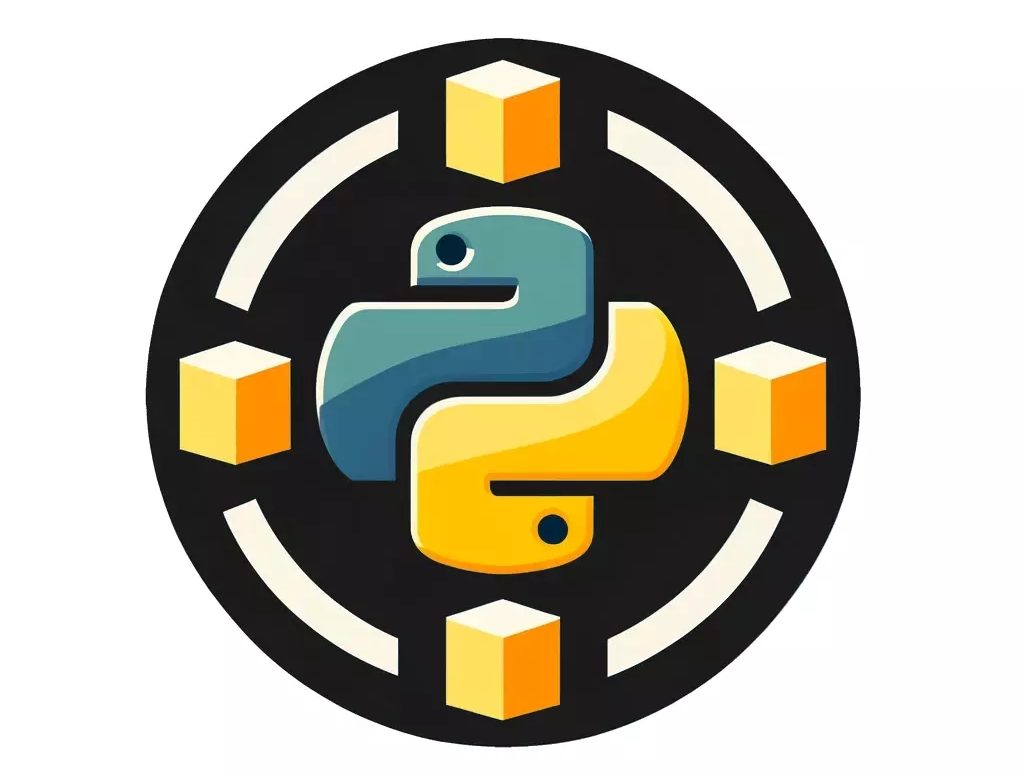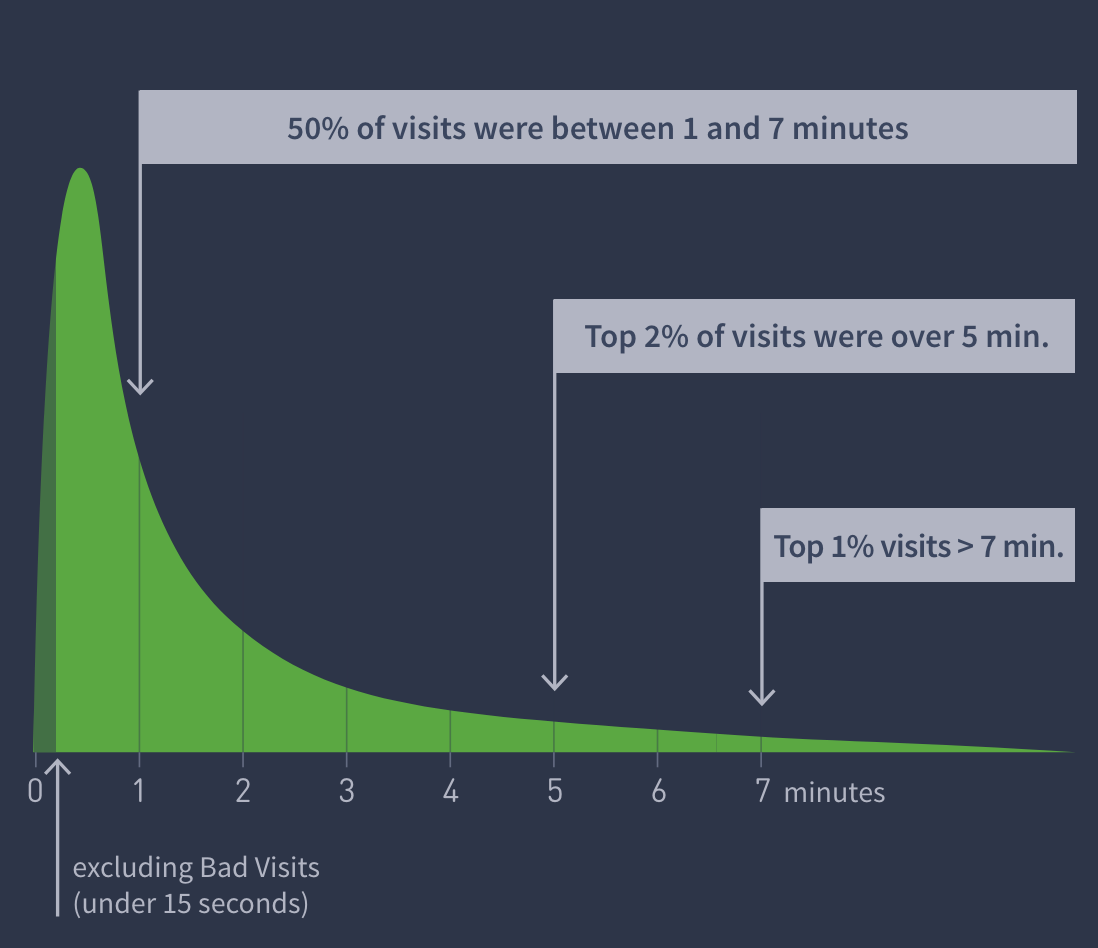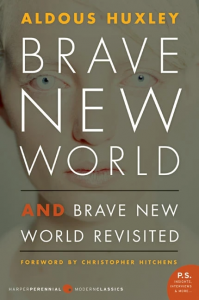In 2017, CrashPlan was one of the most popular full-computer offsite/cloud backup tools for consumers. It had millions of paid users, usually paying around $10/month for a few terabytes of offsite storage.
But then… “On August 22, 2017, Code42 announced they were shutting down CrashPlan for Home, effective in October 2018. They were not accepting new subscriptions but would maintain existing subscriptions until the end of their existing subscription period, at which point the backups would be purged.”
Picking a backup tool is hard. If you outsource your backups to a commercial entity, you have to be convinced that entity will stand the test of time — and won’t undergo dramatic business model shifts — since, after all, your backup scheme is supposed to follow you around for life.
This is an ideal software category in which to choose open source software — plus a highly durable, interoperable, and financially-well-supported cloud storage option.
Thankfully, as of 2018 or so, I have this open source software + interoperable cloud storage solution working on my main Linux development machine. I’ve been using it for 5+ years and since I’m very happy with it, I’d like to share it with you all here.

The restic logo sets the tone for how you should think about backups!
As a hacker (that is, as a playful programmer), you inevitably have important files on your desktop that don’t get automatically backed up some other way. Yes, you probably have your source repos backed up in GitHub or Gitlab, and you probably have your phone backed up in Apple iCloud or Google One. Maybe you are even organized enough to have digital copies of your personal records, usually in DOCX or PDF format, in Dropbox or Google Drive, assuming you trust the data privacy policies of these providers.
But you still have millions of other files on your desktop computers that include: artifacts not checked into source control (or not yet pushed to remote); operating system and application configuration; photographs and videos from your non-phone camera gear; screencasts and Zoom/GMeet video recordings; paranoia-driven backups of data exfiltrated from cloud providers like Gmail and Google Drive; and so on. Perhaps you even have sensitive/important medical or tax/financial records that you’ve been nervous to stick in a cloud data store.
This post will cover a setup that works well in practice, while also having some interesting technical properties worth discussing.
Continue reading Linux backup workflow for hackers with restic, rclone, Backblaze B2









